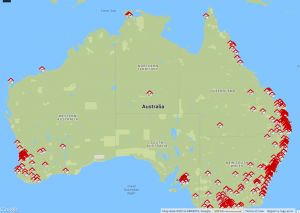Lyme disease is a bacteria-caused infection with a wide spectrum of symptoms, the most typical of these being skin rashes, sore joints, fatigue and headaches. The symptoms that can occur in the later stages of the disease include infection of the brain as well as in and around the heart. Lyme disease is dominant in the United States and regions of Europe, yet cases have been found all over the world. Despite many instances of Lyme-like illnesses occurring throughout Australia, the Government and the Australian Medical Association are still yet to acknowledge the disease’s existence here. Doctors have been unofficially diagnosing patients with this disease, however without the AMA’s recognition the sufferers go without answers or treatment.
The ongoing debate around whether Lyme exists in Australia could potentially be one step closer to finding its conclusion thanks to Professor Peter Irwin. The Perth-based researcher is attempting to discover whether species of ticks native to Australia could be spreading the bacterium locally. Speaking to the ABC, Professor Irwin said “We applied new molecular techniques to these ticks called next generation sequencing”. Irwin explains this as a technique “that allows us to look inside the tick and find the DNA, the genetic code, of organisms that live inside the tick”. This information could become crucial in proving Lyme’s existence.
To date, the borrelium bacteria that causes Lyme disease has never been isolated from an Australian source such as one of these ticks. Michael Gannon, WA President of the AMA, speaking with the ABC, said “it’s never been isolated in an Australian patient that hasn’t travelled to somewhere in North America or Europe”. If Irwin and his team are able to find evidence supporting the existence of the disease on Australian soil then the debate could finally be ended.


